Core concepts
DevRev bridges silos by connecting three core objects: identity, parts, and work. By connecting work to parts and parts to customer and developer identity, we bring product and service creators closer to their customers.

Identity
- Dev refers to you and your team, the provider of a product or service.
- Rev refers to your customer, the consumer of the product or service you provide.
Parts
A part is a piece of a product and can be made of rev parts and dev parts.
- Rev parts relate to how a product is consumed by your customers, with three main types: product, capability, and features.
- Dev parts are the code, service, or components built or used by the developer.
- Rev parts are often served by one or more Dev Parts.
One of your first experiences in the app is in DevRev trails. Build your trail, create Rev and Dev Parts, and connect them to enable your teams to be customer-centric.
Visit the parts & trails page to learn more about creating parts and trails.
Work
A work item is any artifact in the system that requires some activity to be performed by a human or machine. They have associated owners and require some level of effort. Work commonly leads to other work of the same or different type. In that sense, work can be linked together and have parent/child relationships. For example, a high-level issue may spawn multiple child issues/tasks which may each have their own owner as well as their own child items.
- A conversation is a synchronous or near-synchronous discussion that may be escalated to a ticket. Conversations are part of the Support app.
- A ticket is a work item created by the customer or consumer. Tickets are part of the Support app.
- An issue is a work item created by the builder or maintainer. Issues are part of the Build app.
- An enhancement is the parent of multiple issues that lead to a desired change to the product. Enhancements are part of the Build app.
- A task is a work item used to break down larger work into smaller pieces. Tasks can be part of tickets and issues.
In traditional systems of record, duplicate work is rampant, and maintenance of the backlog can be an entire job itself. Huge engineering backlogs can have detrimental effects on developers' morale and work velocity.
DevRev helps you avoid duplication during the work creation process. As you're creating a new work item, the Similar work modal appears and presents potential duplicates. You can also use this modal to link the work you're creating to other work items if appropriate.
